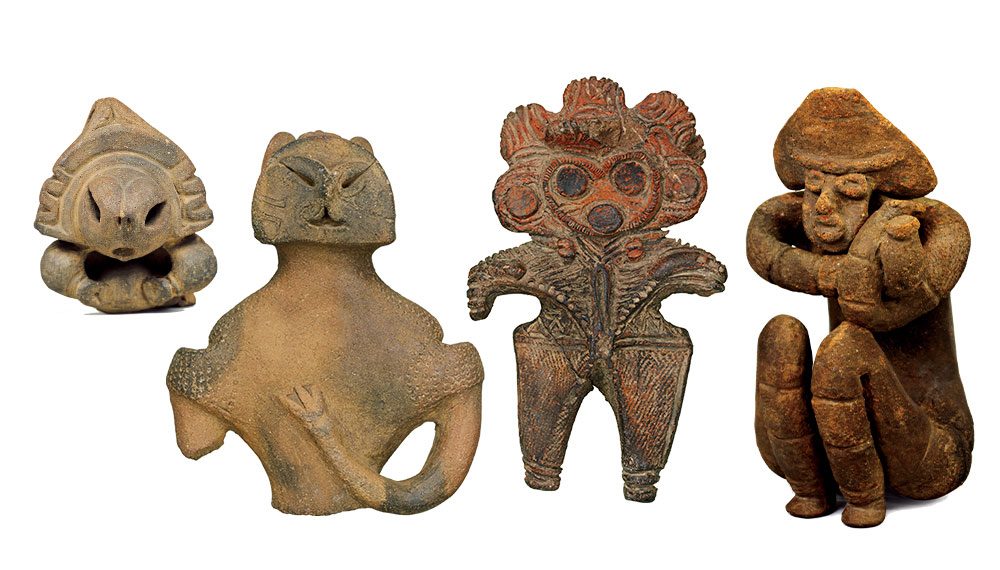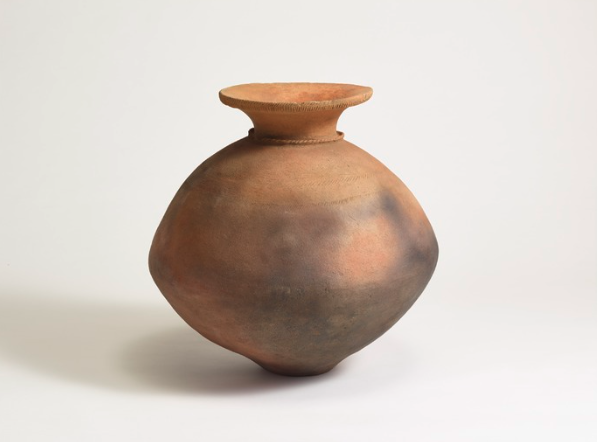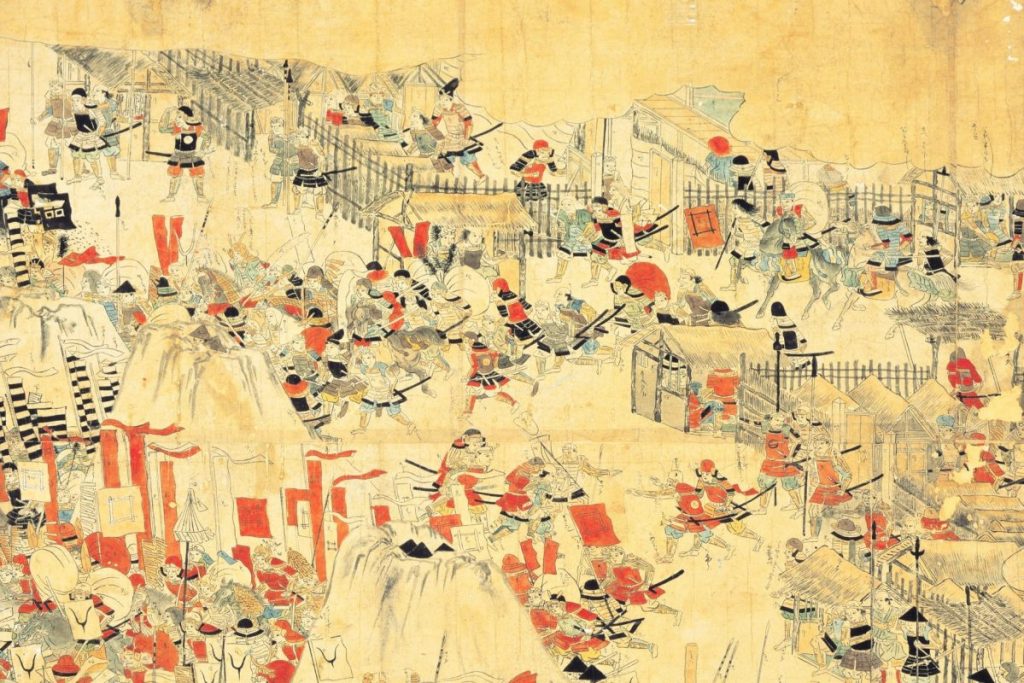The enigmatic first half of Ishikawa Uncho’s life
The year 1814 (Bunka 11), when there was still some time before the upheavals of the end of the Edo period. Ishikawa Yasubei (石川安兵衛), later named Uncho (雲蝶), was born into a family of furniture makers in Zoshigaya (雑司ケ谷), Edo. Perhaps due to his innate sensitivity, he learnt the art of ‘Edo hori (江戸彫り)’, a form of decorative ornamentation in architecture, in his mid-20s. His master, Ishikawa Shushin, allowed him to take the surname Ishikawa.
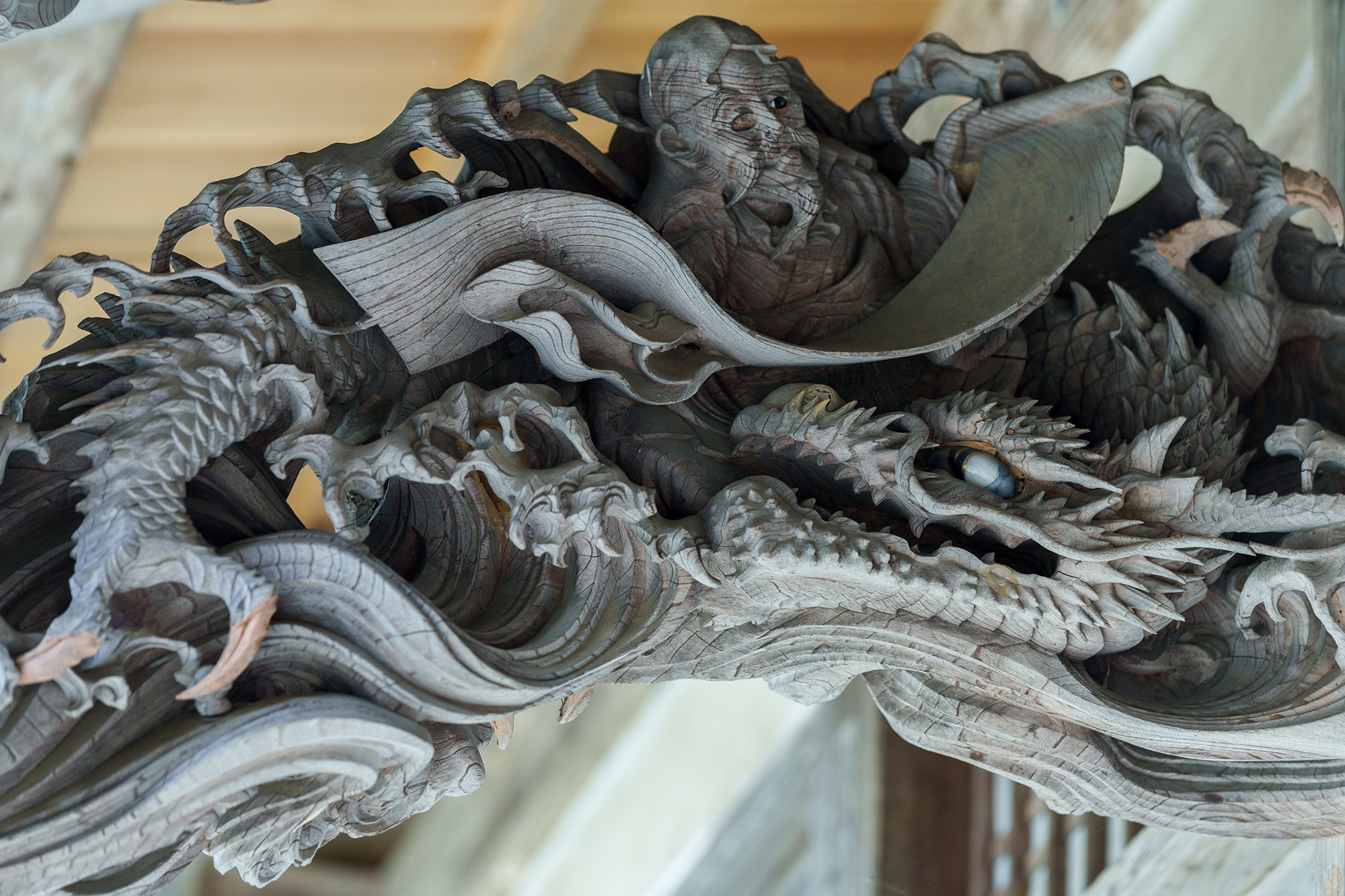
He was probably one of the most skilled of the many carpenters and carvers in Edo. He became a ‘kanko (官工)’, or official carver of the shogunate, and began to work not only on carvings for ordinary temples and shrines, but also on the decoration of prestigious buildings, and even the architecture of temples and shrines themselves.
“We don’t know any more details about Uncho’s life in Edo, as none of his works have survived. However, we do know why he came to Echigo.”
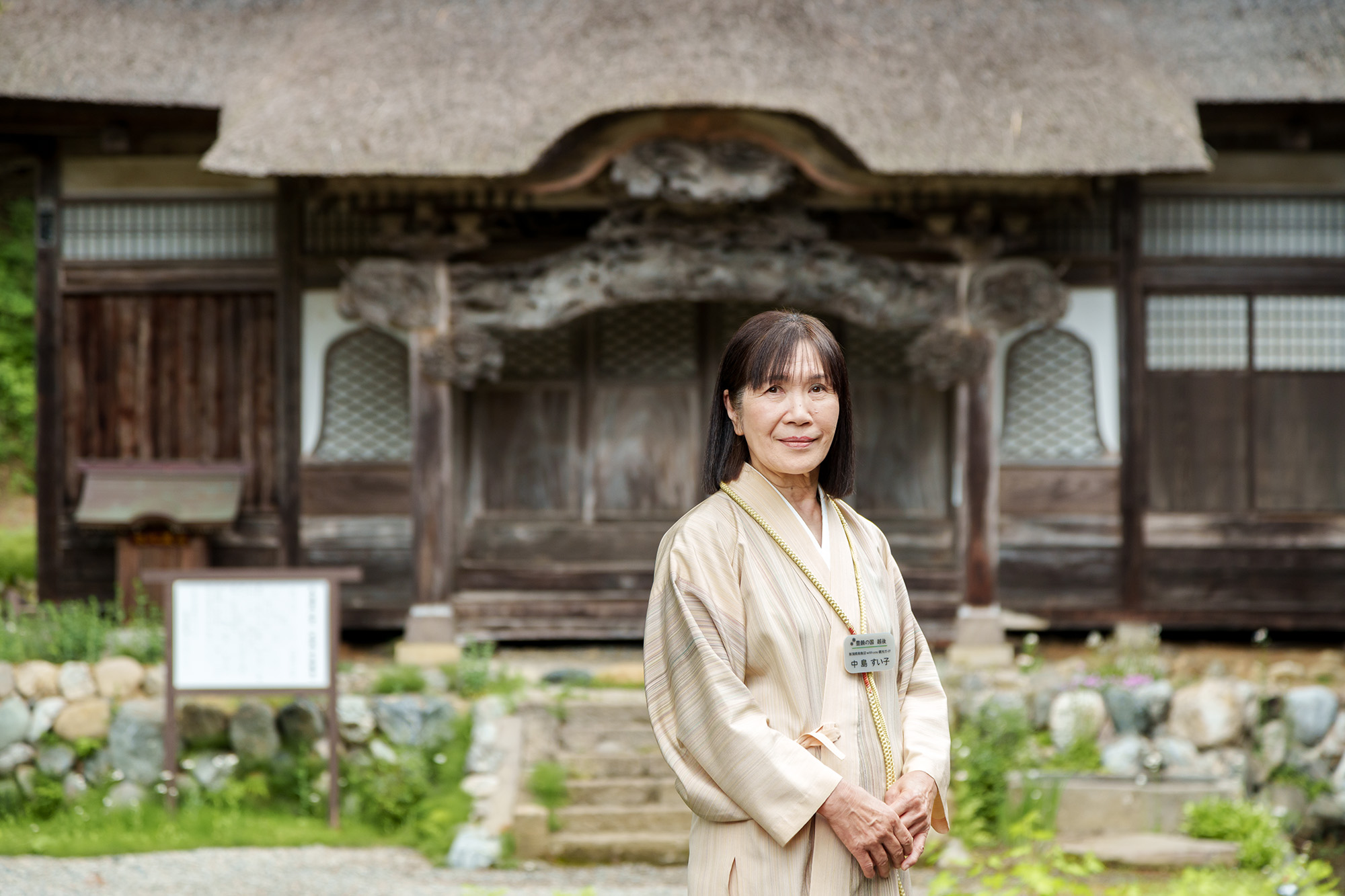
So says Ms Nakajima Suiko (中島すい子; photo above), who has been researching Ishikawa Uncho. She fell in love with Uncho’s work and published a commentary book, ‘Watashi no Koishita Uncho-sama’ (私の恋した雲蝶さま; Gendai Shokan), while working as a tourist guide.
After the reforms of the Tempo (天保) era, the hardware merchant Uchiyama Matazo (内山又蔵) of Echigosanjo (越後三条), approached Uncho, whose business had been reduced due to the reforms. Matazo, who recognised his skills, offered Uncho the best possible conditions. A home, tools, and perhaps even some sake from one of the best rice-producing regions in the world. He decided to move to Echigo. He was 32 years old at the time. Nakashima says: “I believe that his encounter with Matazo led to Uncho’s free-spirited style.”
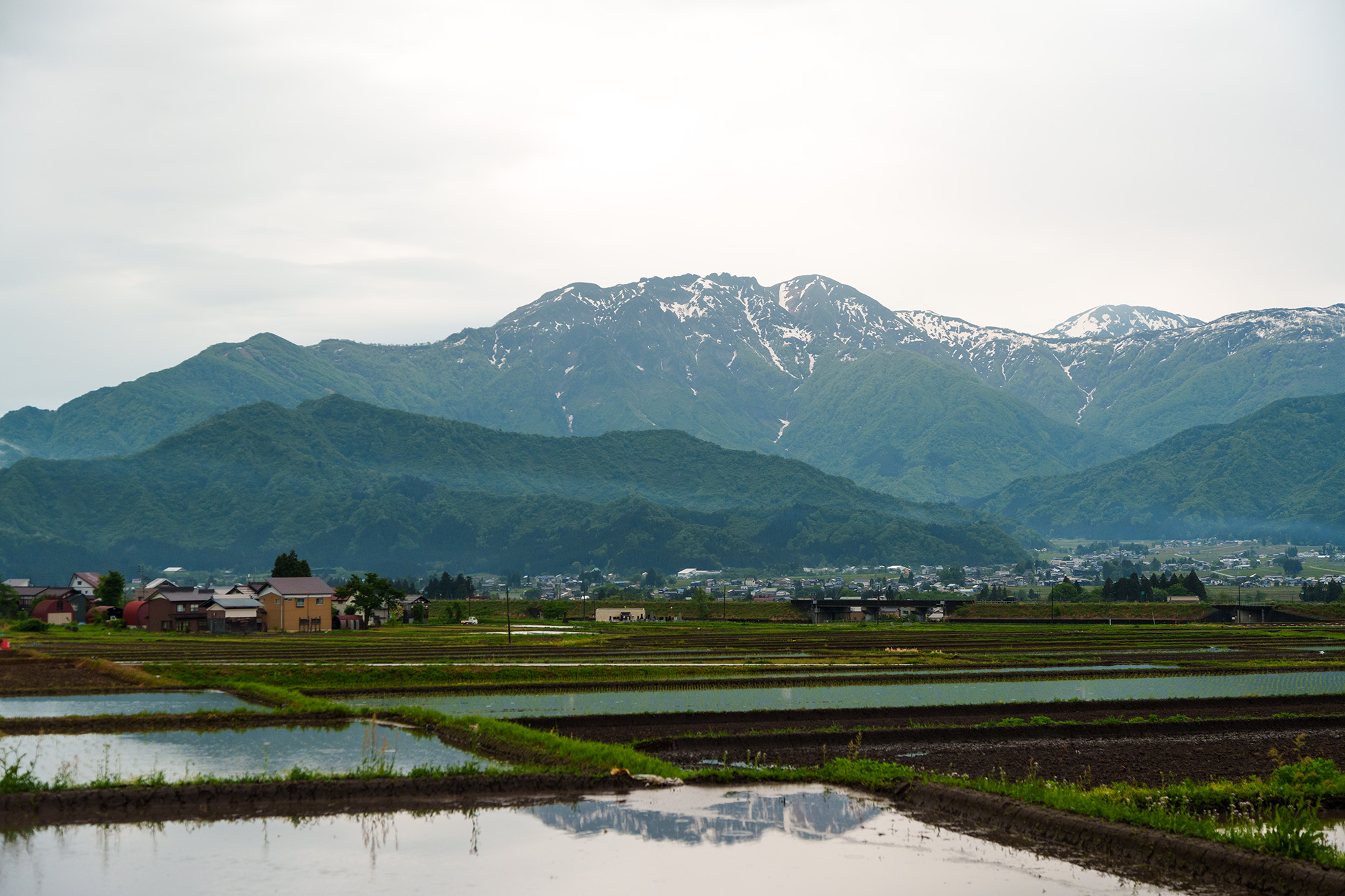
Dragons and tigers looming overhead
About a 15 minutes drive from the center of Uonuma City, the Kaisando-Hall, located in Seifuku-ji Temple, a famous Soto sect temple, enshrines the tablets of successive chief priests and parishioners. Every inch of the 81 square meter space is decorated with Uncho’s carvings, from the transoms to the plaster murals.
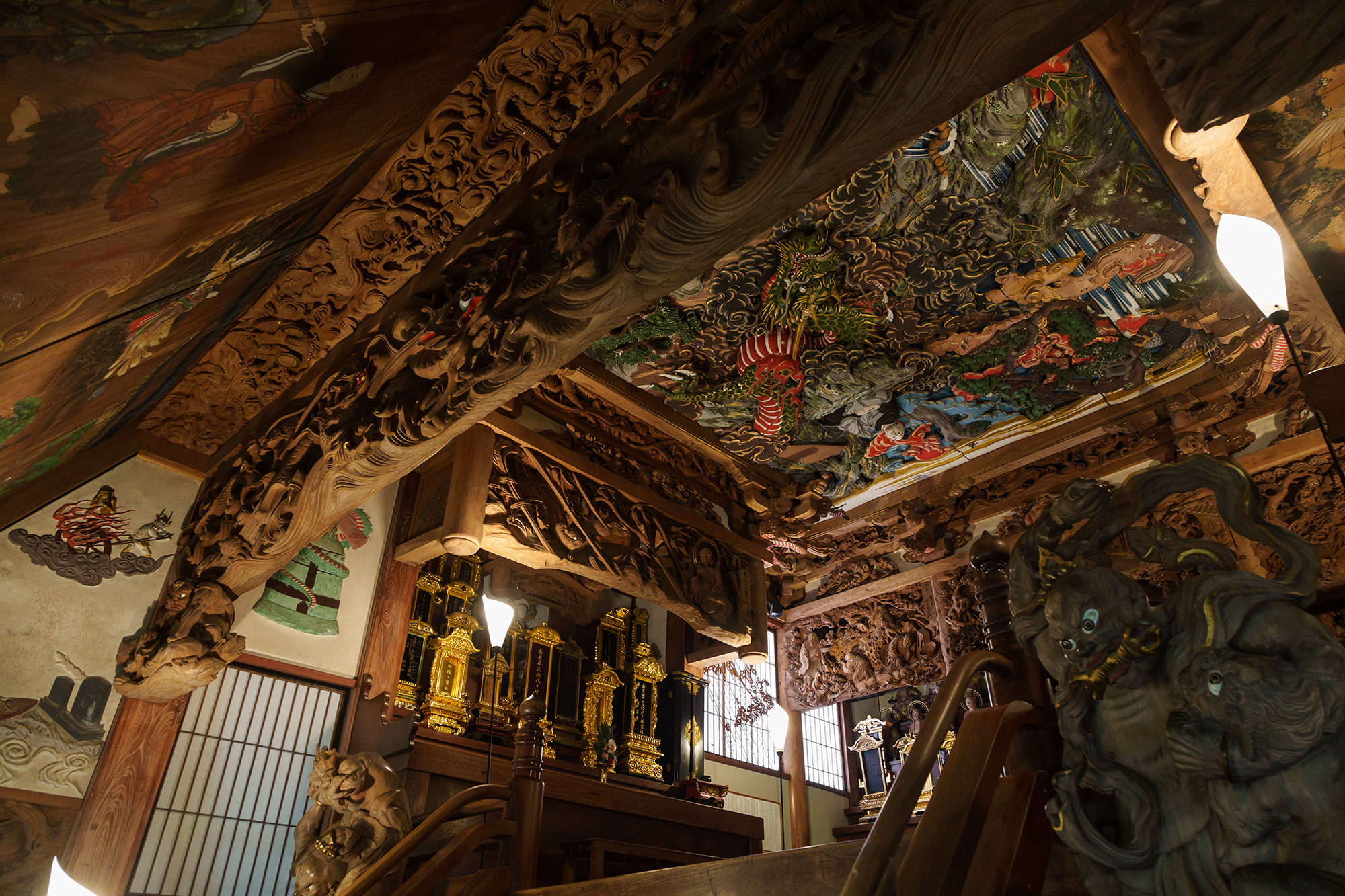
What blows viewers away is the ceiling. The suspended ceiling depicts a painting entitled ‘Dogen zenji mouko chobuku no zu (道元禅師猛虎調伏之図)’, which depicts how Zen Master Dogen (道元), founder of the Soto sect, was attacked by a tiger during his ascetic training, and when he threw his staff (shujo: 拄杖, a staff carried by Zen monks when walking) at the tiger, the staff transformed into a dragon and the tiger was vanquished.
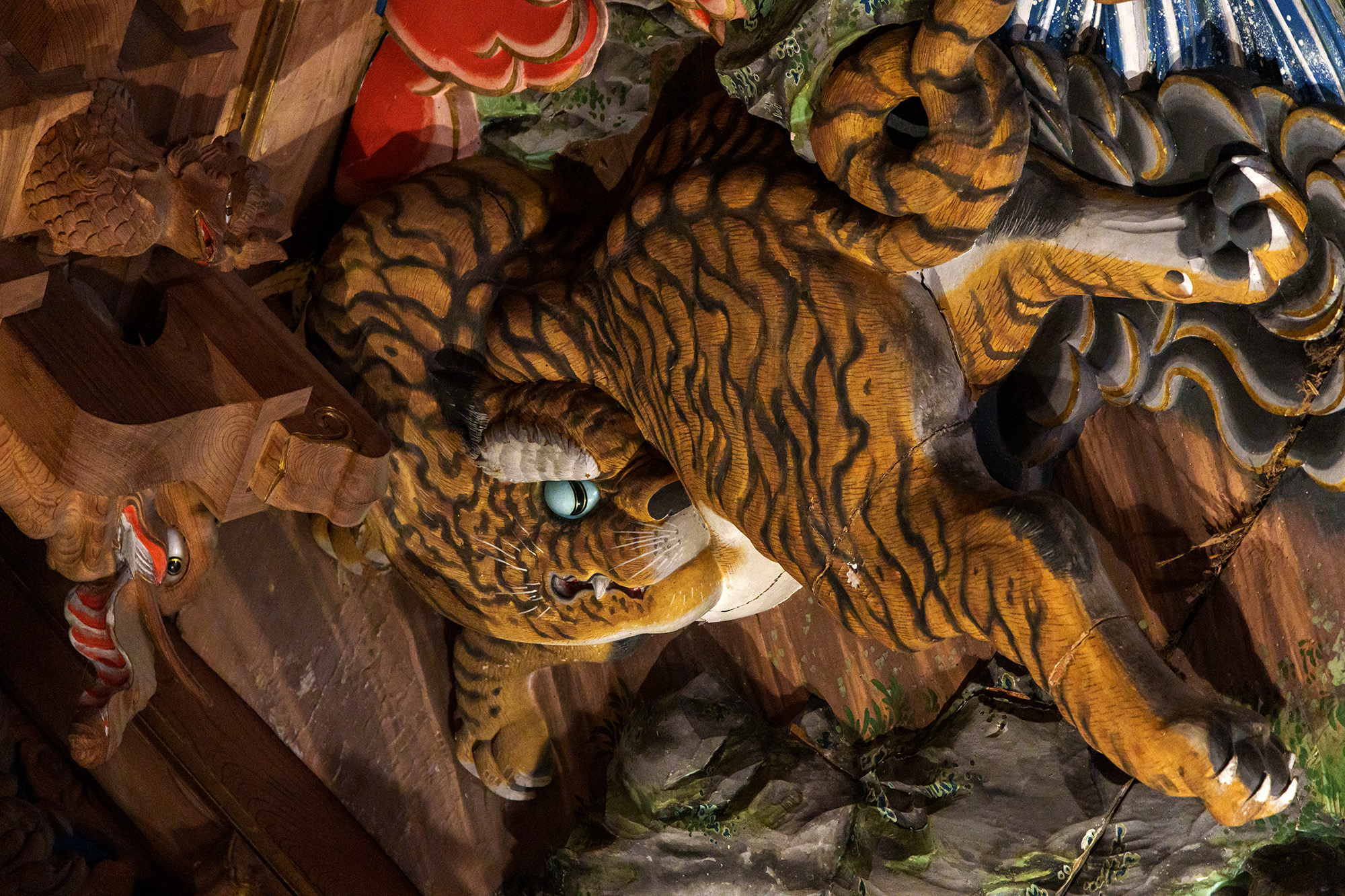
The precision with which the dragon’s scales shine, the rich expression on the tiger’s face as it looks regretfully behind it while fleeing, the dynamic movement of the eagle’s wings – these are just some of the many aspects of Uncho’s work. The astonishing handiwork of Uncho, who is said to have even painted the rocks himself, still looms over the heads of those who visit the shrine, as it did in those days. The eyes are made of glass, which was a rare material at the time, and blue rock paints, which were also precious, are used sparingly, including on the vestments of Zen master Dogen.
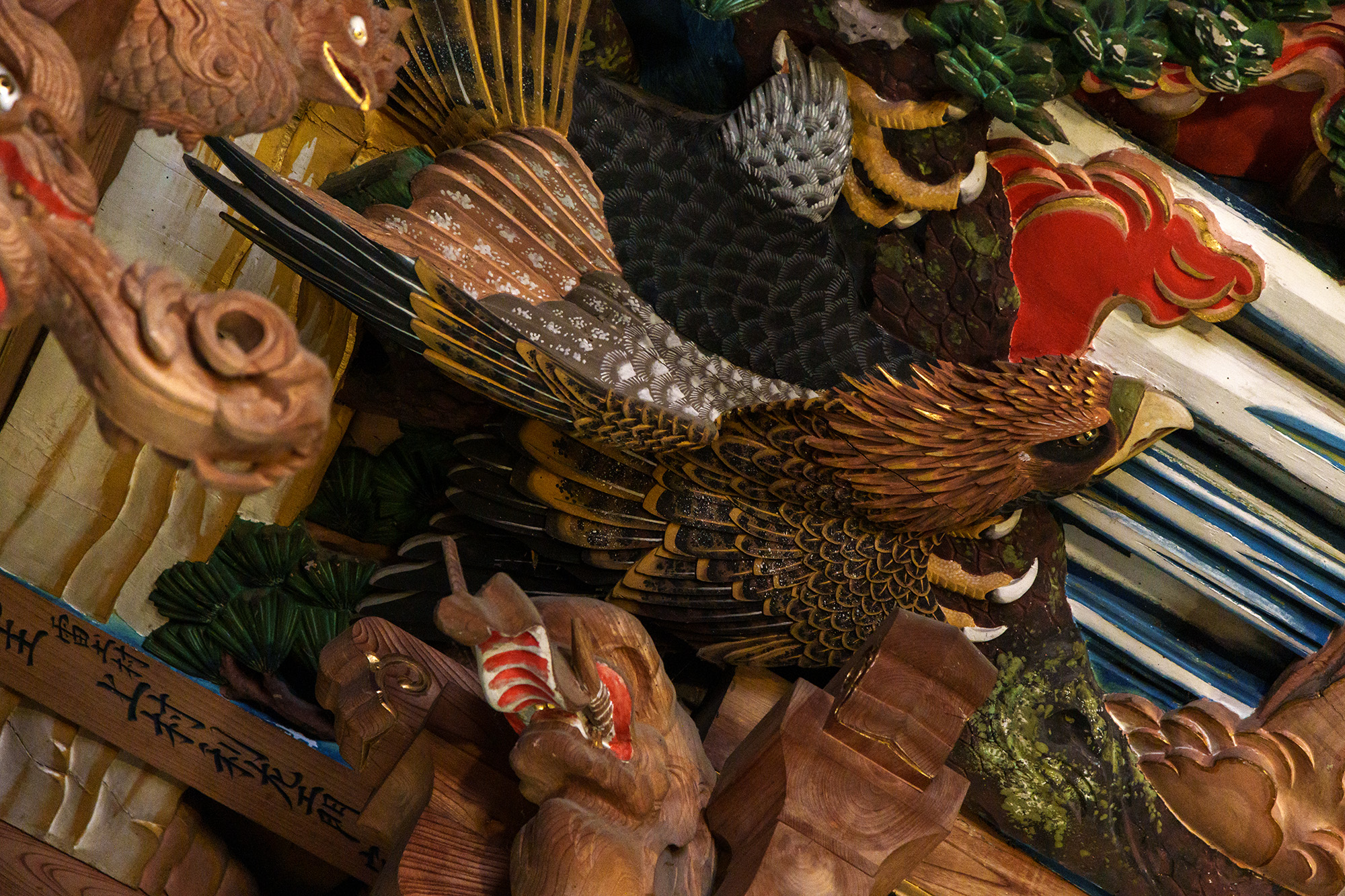
“I think the interesting thing about Uncho is his playfulness.”
Nakajima says. Uncho, who was fond of animals, made them dance all over the place, as if he had carved carp, turtles, monkeys, sparrows and even cochlea, as if he had carved them at will. Not only realistic and precise, but also lively and sometimes humorous, their expressions suggest that the artist himself must have enjoyed drawing and carving them, as Katsushika Hokusai (葛飾北斎) did in his ‘Hokusai Manga (北斎漫画)’.
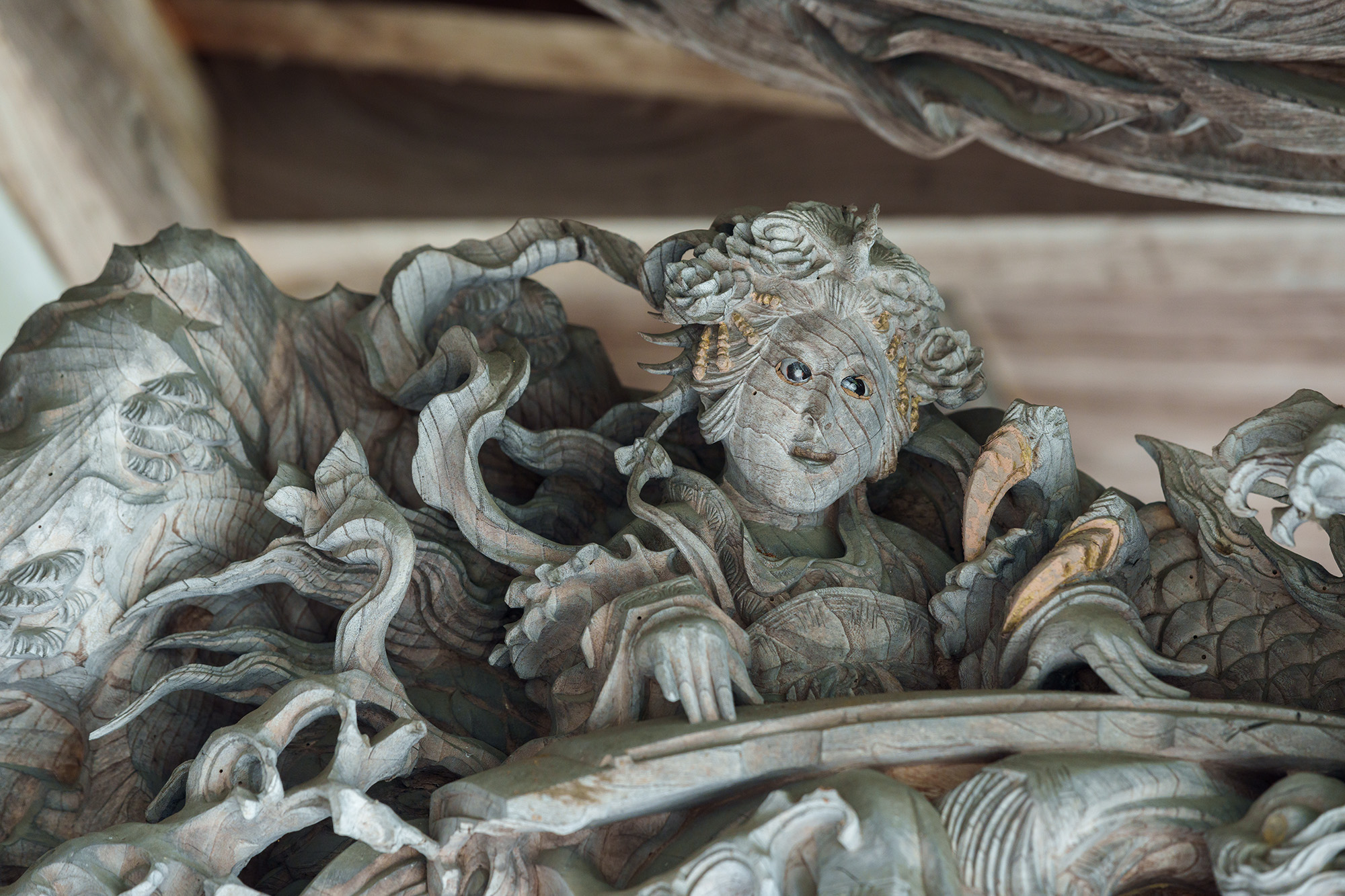
Looking at the transoms of the temple hall, the carving of Zen Master Dogen in training shows the perspective technique of carving a thick board towards the vanishing point at the back of the room. The depth of the scene he wanted to create must have required a great deal of depth. Uncho added more boards on the reverse side of the board to express depth. The Kaisando Hall was completed in 1857. Uncho was 44 years old at the time and spent six years creating these sculptures. It is simply astonishing that such beauty existed in Echigo at the Bakumatsu period.
The character profile of Uncho, who loved Uonuma
“Uncho was an excellent pagoda carpenter. A pagoda carpenter is simply a carpenter who can build a temple all by himself. He is said to have been a person who could draw plans, carve ornaments and even collect building materials. He visited Echigo alone and gathered carpenters from the region to complete this main hall.”
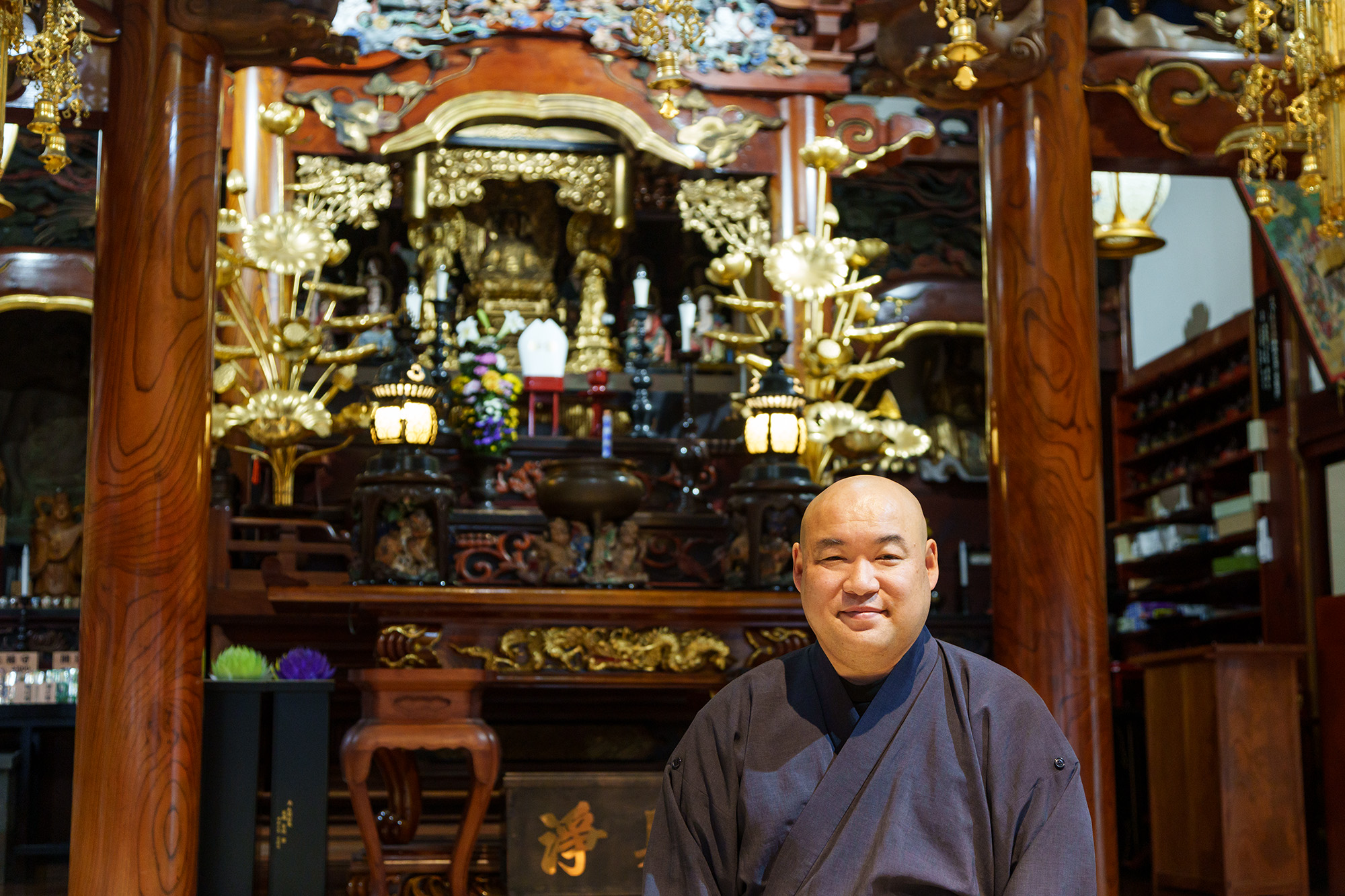
Eirinji Temple (永林寺; Uonuma City) was founded more than 500 years ago and has a long history as the family temple (kogesho; 香華所) of Tokugawa Ieyasu (徳川家康)’s grandson Matsudaira Tadanao (松平忠直) and his son Mitsunaga (光永). The temple’s main hall contains many works by Ishikawa Uncho, and its chief priest, Sato Kimihiko (佐藤公彦; pictured above), explains that the main hall itself was built by Uncho.
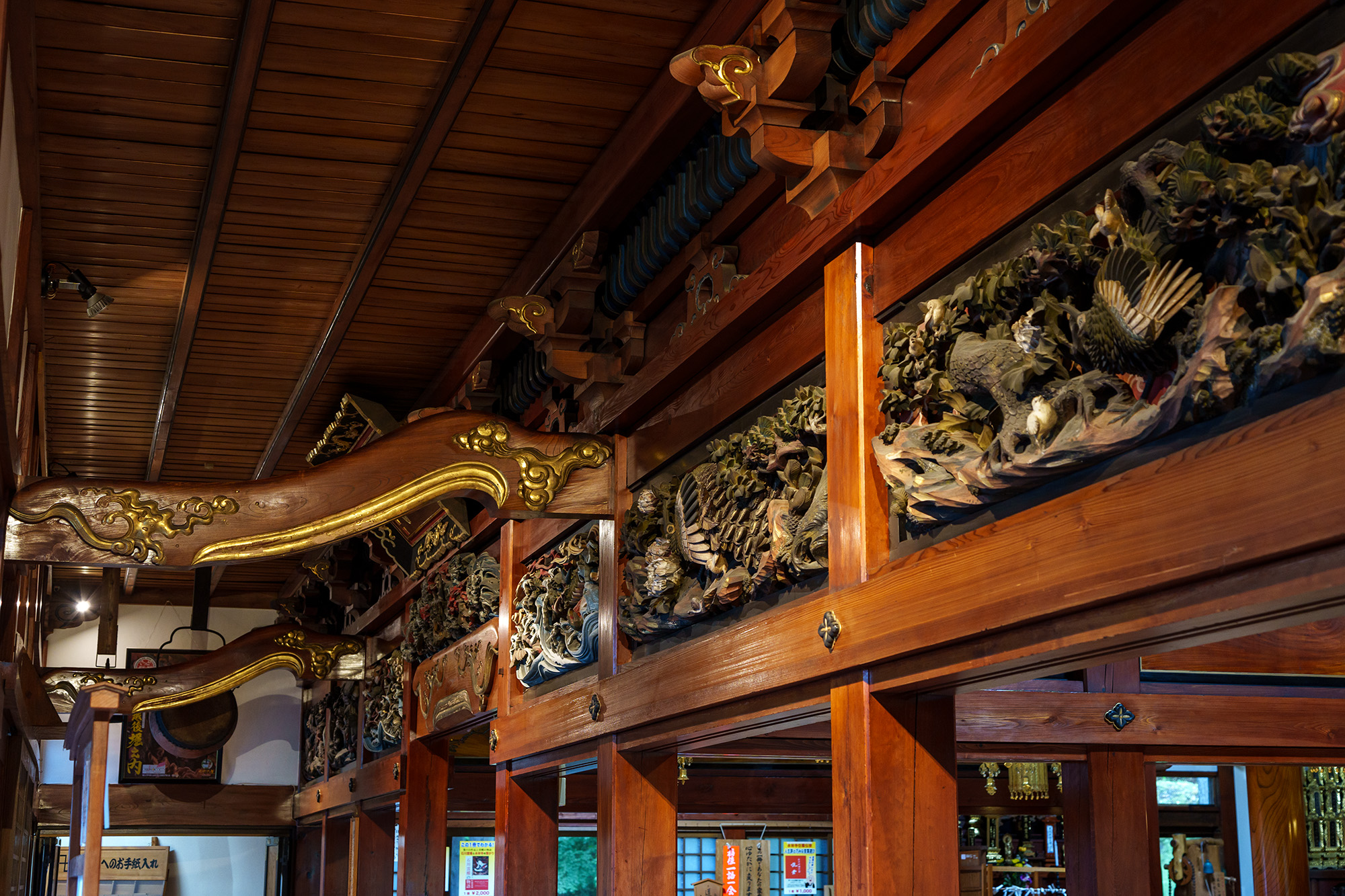
“He was also reported to have had a unique nature and to have been stubborn. The reason he worked on this main hall in the first place was because he lost a bet with the abbot of the time. The abbot, who somehow wanted him to work on the main hall, found out that Uncho was a gambler and offered him a big gamble: if the abbot won, Uncho would build the main hall for free, and if Uncho won, the abbot would give him the money for the construction.”

Uncho lost that bet. So he did not work on this Temple for money. Rather, the free work of a ‘genius’ who worked as his heart and mind dictated can be seen everywhere in the main hall.
Chief abbot Sato continues.
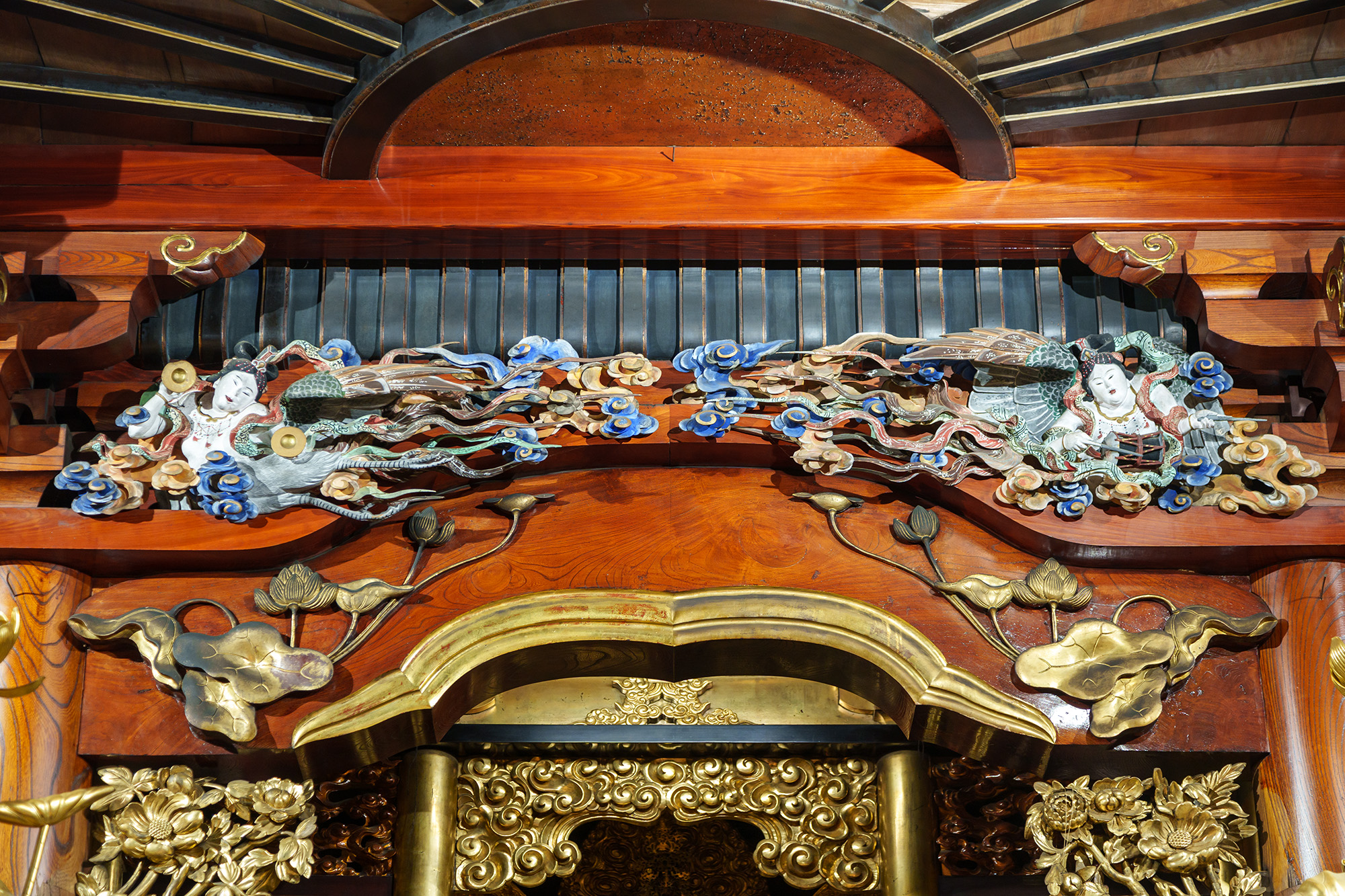
Of these, perhaps the most impressive are the Tennyo (天女; heavenly maidens) with their Gagaku instruments, which are openworked and painted on both sides. Hichiriki (篳篥), Ryuteki (龍笛), Sho (笙) and Gaku-daiko (楽太鼓). The five celestial maidens are full of life, and their charming expressions and hands make it seem as if you can hear their graceful tones even now.
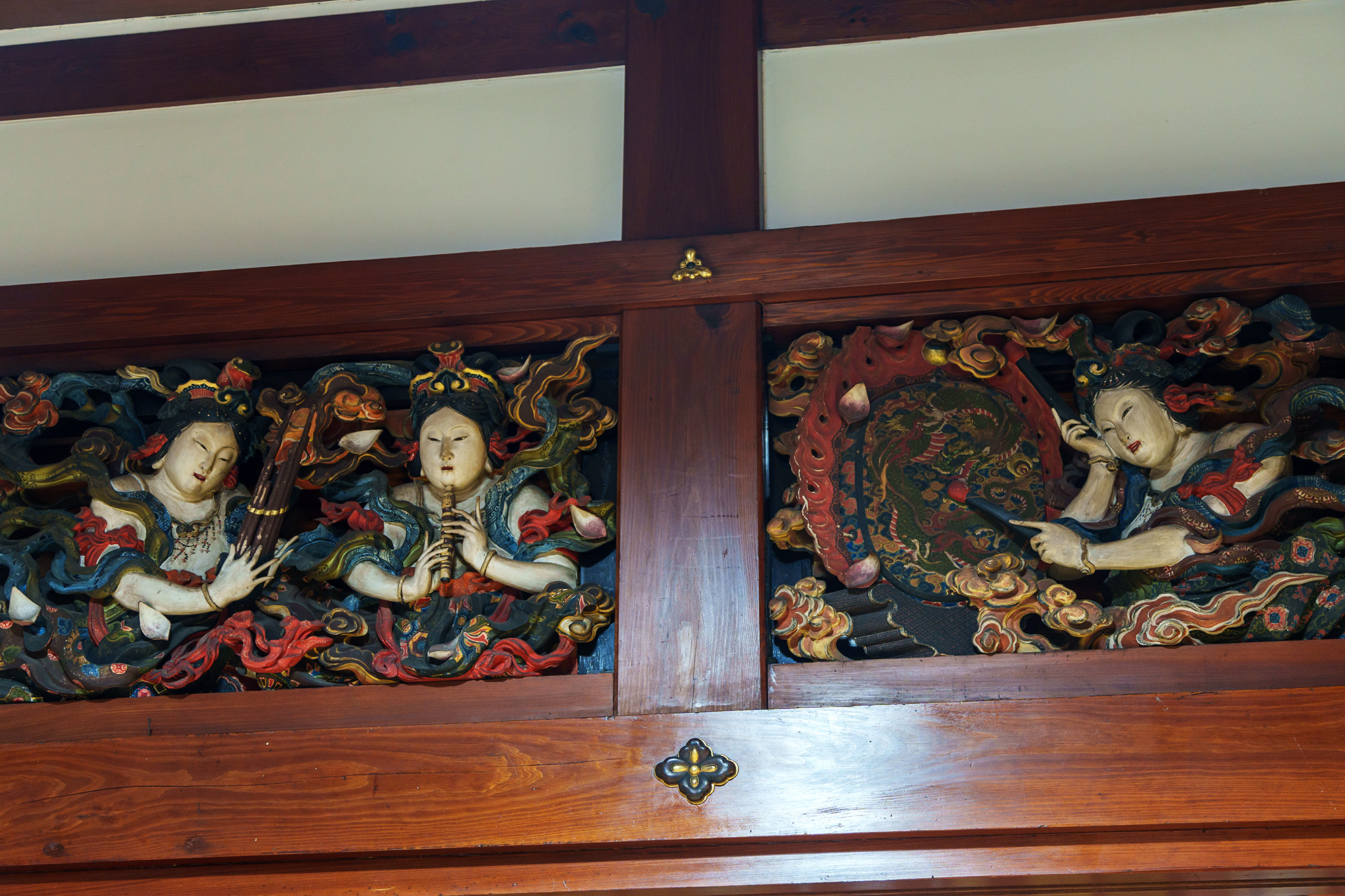
Narrow eyes, small mouth, cherry-red cheeks. It is said that the model for Tennyo (heavenly female) was either a woman whom Uncho fell in love with in the region or his wife from the Sakai (酒井) family, whom he adopted as his son-in-law at the age of 32. He gambled, loved women and enjoyed fine sake. There is no reliable data on the personality of Uncho, who enjoyed the land of Uonuma to the full. All of them are oral traditions passed down from temple to temple and family to family, such as ‘I heard that he was like this’.
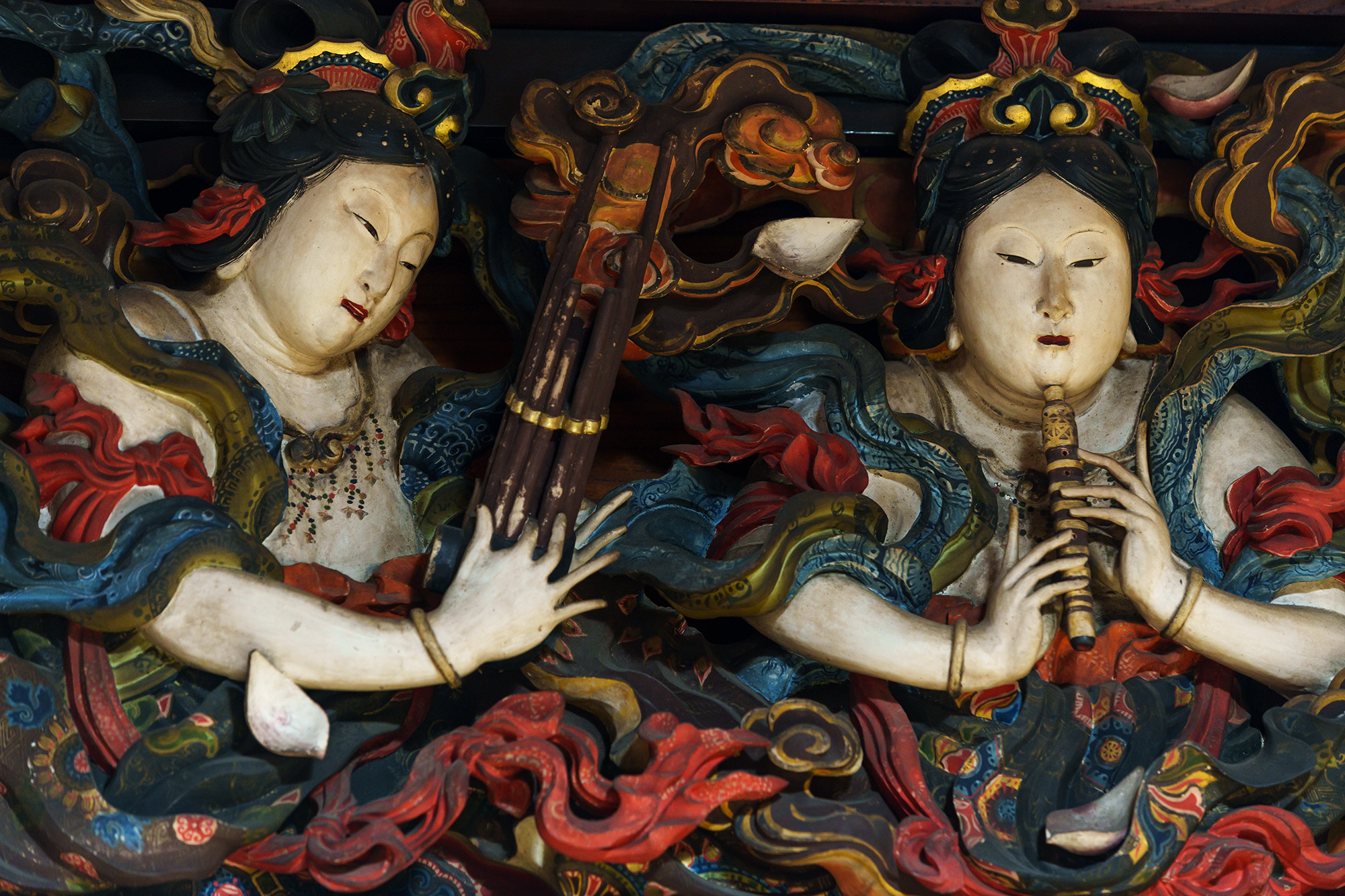
“His personality, left as an oral tradition, is so varied that it reminds us of the many different facets of his character. I think all of them were who Uncho was, and I don’t dare to unite them into a single portrait of him.”
In addition to the splendour of the artworks, Sato also tells visitors about the story of Uncho, which has been passed down through the temple.
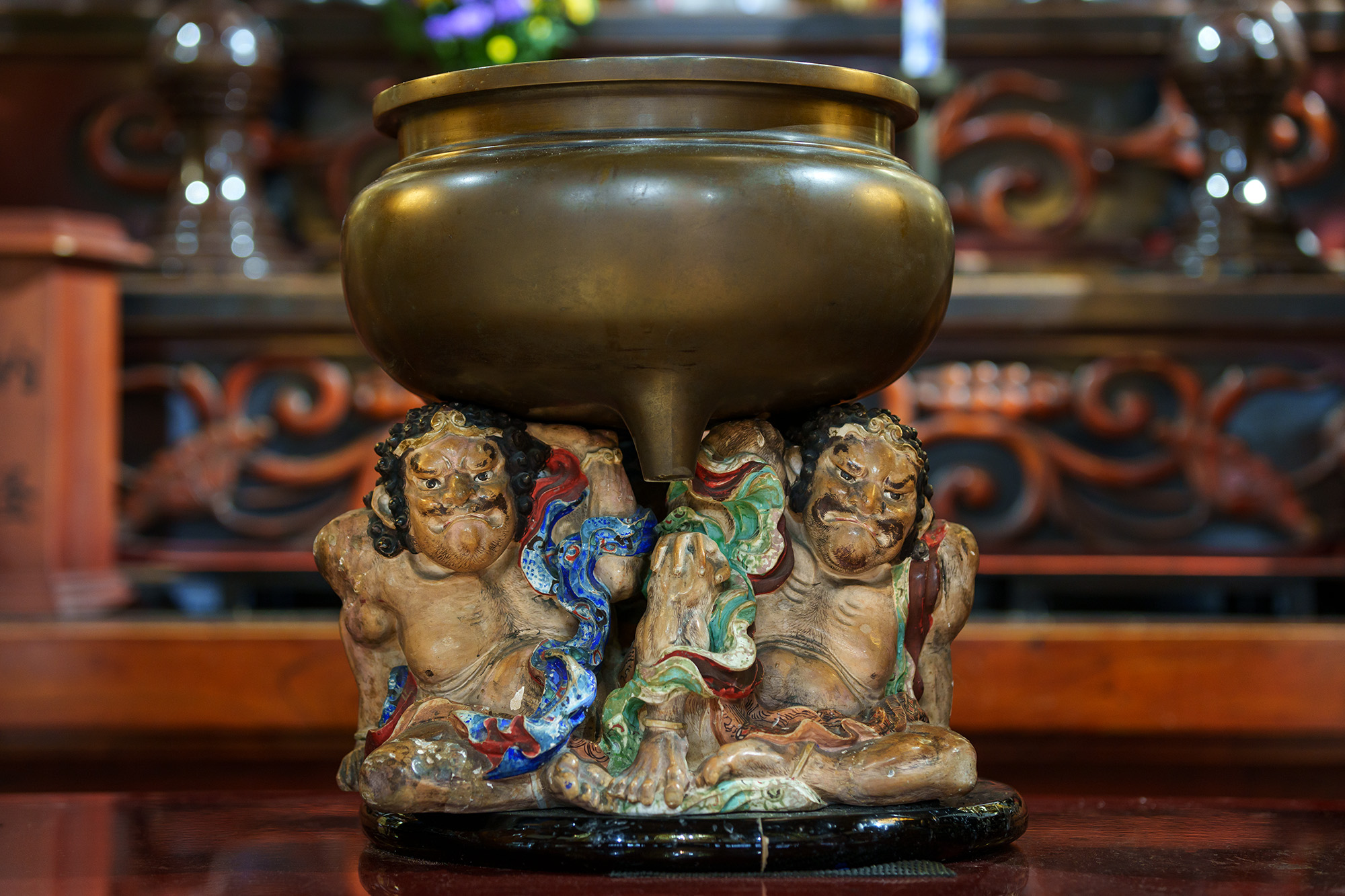
Imagining the ‘finger of God’
Uncho spent his life, mainly in Uonuma, sculpting temples and roadside Buddhas. His life was not that of a saint, but was filled with a rich sense of humanity. The ‘playfulness’ that emerges from this may be what gives his works their depth and richness.
During the Renaissance, Michelangelo had an enormous influence on all areas of Western art history, and people called him ‘Il Divino’, or the man loved by God. One imagines the ‘Godly fingertips’ in a skill that transcends human knowledge. If Uncho’s works, which can only be described as divine, were created according to his heart, then Ishikawa Uncho must also have been a ‘man loved by God’.
Interview and text by Ando Tomoro / Photography by Takahashi Manami
Assistance with interviews:
Niigata Prefecture Tourism Association
Seifukuji Temple, Akagisan (赤城山), Soto Zen sect(official website https://www.saifukuji-k.com/)
Soto Zen sect, Mt Harikura ( 針倉山), Eirinji Temple(official website https://eirinji.jp/)
This article is translated from https://intojapanwaraku.com/culture/245080/









